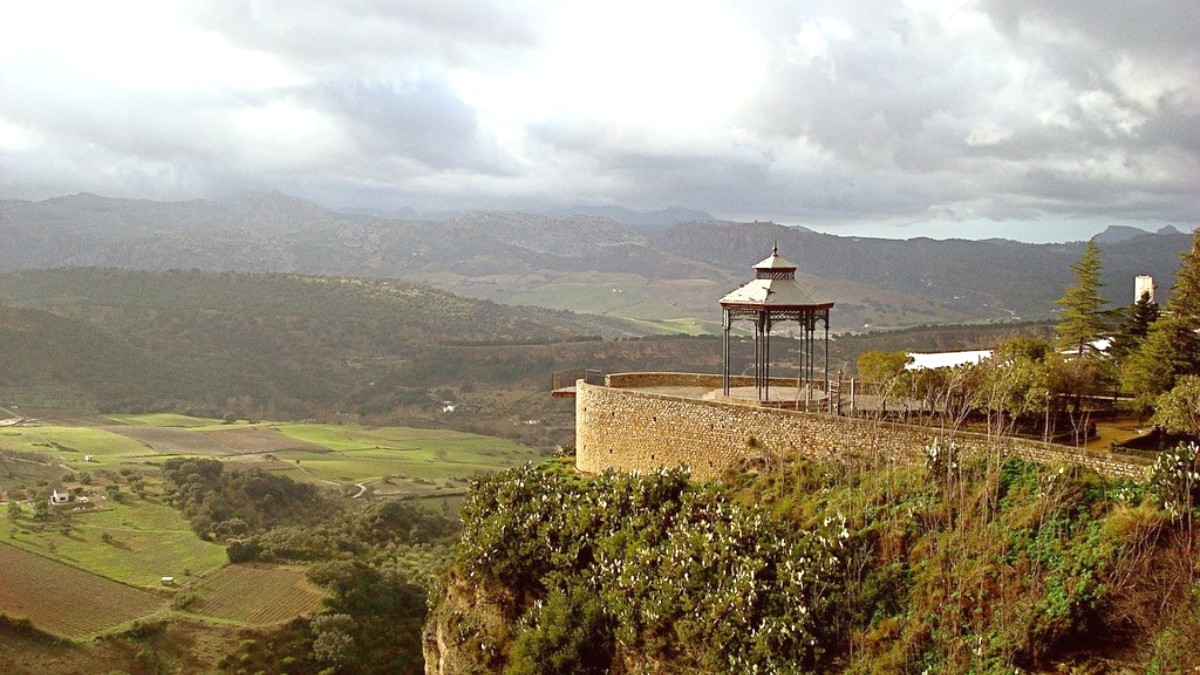
Andalucia, Spain
Ronda has no metro or tram systems. The town's small size and hilly, cobbled streets make such systems impractical. A local bus service serves town areas, connecting the new town with the train and bus stations, and residential zones.
Ronda has a small urban bus network with a few lines. These lines connect the main bus station (Estación de Autobuses), the train station (Estación de Tren), the central commercial areas, and various residential neighborhoods. Find a basic route map at the bus station or by asking at your accommodation. The bus station itself serves as the main hub for local routes and intercity connections.
Walking is the most efficient and enjoyable way to see Ronda's main sights. Distances are short for pleasant walks.
If unsure about a bus route or stop, ask local residents or bus drivers for assistance. Many locals are happy to help.
Offers flexibility, especially for White Villages. International Driving Permit (IDP) often necessary. Book in advance.
Limited options in Ronda; more choices in coastal towns like Marbella.
No formal public sharing. Local shops offer rentals for countryside exploration.
No tuk-tuks or jeepneys typically available in Ronda.
Walking delivers the most enjoyable and recommended way to discover Ronda. Its old town (La Ciudad) and the area around Puente Nuevo are highly pedestrian-friendly.
Limited dedicated cycling infrastructure within town. Hilly nature and cobbled streets make urban cycling less ideal.
No hop-on-hop-off services within Ronda due to size/street layout. Day tours from larger cities (Malaga, Seville) visit Ronda by coach.
Ronda has no cable cars, funiculars, or other unique local transport systems like those in some mountainous cities.
Ronda invites exploration on foot, with its compact size and stunning views.
Choose transport based on your itinerary and comfort, but prepare for walking as the main way to experience its charm.